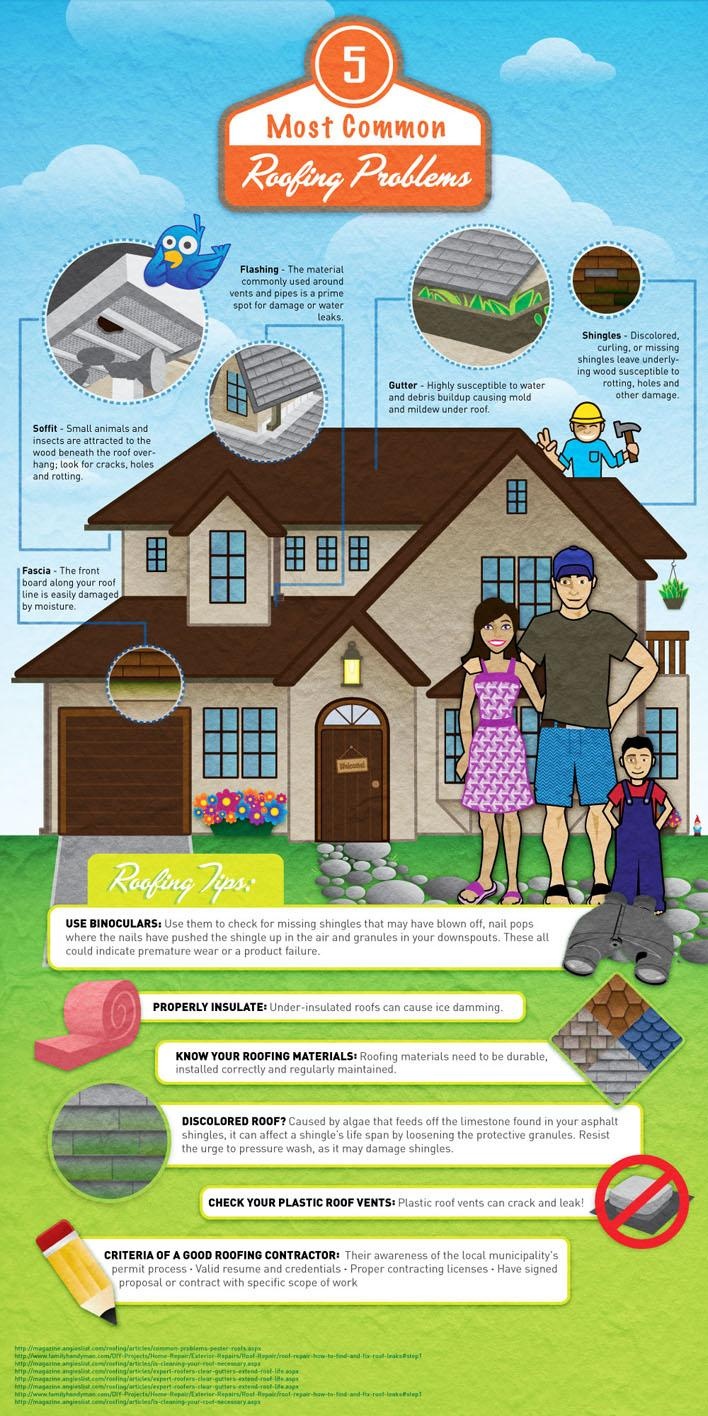How To Recognize Roofing Damages Before It Develops Into A Significant Concern
How To Recognize Roofing Damages Before It Develops Into A Significant Concern
Blog Article
Composed By-Drew Davies
To safeguard your home from possible pricey repair work, determining roof covering damage very early is essential. By watching out for subtle indicators like missing tiles or water discolorations, you can catch issues before they aggravate. Yet what concerning those typically forgotten areas that could hint at surprise problems lurking above you? Stay tuned to discover https://erickgbvqj.dm-blog.com/29954917/intrigued-in-the-diverse-options-for-roofing-products-discover-the-pros-and-cons-to-allow-you-to-make-an-experienced-choice-that-is-appropriate-for-your-residence for detecting roofing system damages prior to it rises right into a major frustration.
Very Early Warning Signs
Identifying roofing damage early can save you money and time. One essential early indication to watch out for is missing or damaged shingles. If you see any type of shingles that are cracked, curling, or entirely missing out on, it's vital to attend to the issue quickly. These damaged tiles can leave your roof susceptible to leaks and additional damages.
Another indication to try to find is water stains on your ceiling or walls. These spots can suggest a leak in your roofing that requires prompt interest. Neglecting these water discolorations can lead to much more comprehensive and costly repairs down the line.
In addition, watch for any indicators of drooping or sagging areas on your roof covering, as this could show structural damage that needs to be dealt with immediately.
Outside Assessment Tips
On a regular basis checking the outside of your roofing is vital for maintaining its integrity and determining prospective damage early. Beginning by analyzing the shingles-- search for any kind of missing out on, cracked, or crinkling shingles, as these can be signs of roof damages.
Examine the rain gutters for granules from the tiles, as extreme granule loss might signify aging or weathering. Take see here of the blinking around vents, chimneys, and skylights, ensuring they're snugly sealed and without fractures.
Seek indications of moss, algae, or mold development, as these can bring about roofing system wear and tear if not attended to promptly. Additionally, examine the fascia and soffits for any type of water stains or rot, which could signal water damage.
Lastly, examine the total problem of your roof covering from the ground, looking for any type of sagging areas or noticeable dips. By performing these outside inspections frequently, you can capture roof damage early and avoid it from becoming a significant issue.
Inside Warning
When checking your roofing for prospective damage, don't overlook the relevance of checking the inside of your home. Interior red flags can often be early indications of roof covering issues that require focus.
Start by examining your ceilings for any type of water discolorations or staining, as these can signal a leak in the roofing. One more essential area to evaluate is the attic room, where signs of water damages, mold, or mildew might indicate a roof problem.
Pay very close attention to any type of mildewy odors or a noticeable boost in humidity degrees, as these can additionally be indicators of water invasion from a damaged roof covering. Additionally, sagging areas in the ceiling or wall surfaces should be taken seriously, as they could be an outcome of water damage deteriorating the framework.
If you notice any one of these indoor red flags, it's essential to have a specialist contractor evaluate the situation promptly to avoid further damage and expensive repair services.
Final thought
By remaining watchful and regularly checking for early indication of roof covering damage, you can stop small issues from turning into significant problems. Keep an eye out for missing or damaged shingles, water discolorations on ceilings or wall surfaces, and any type of drooping or sagging locations on the roof. By dealing with these problems immediately, you can save on your own from pricey fixings and ensure your roof stays in good condition for years ahead. Remain proactive and protect your home from prospective damages.
